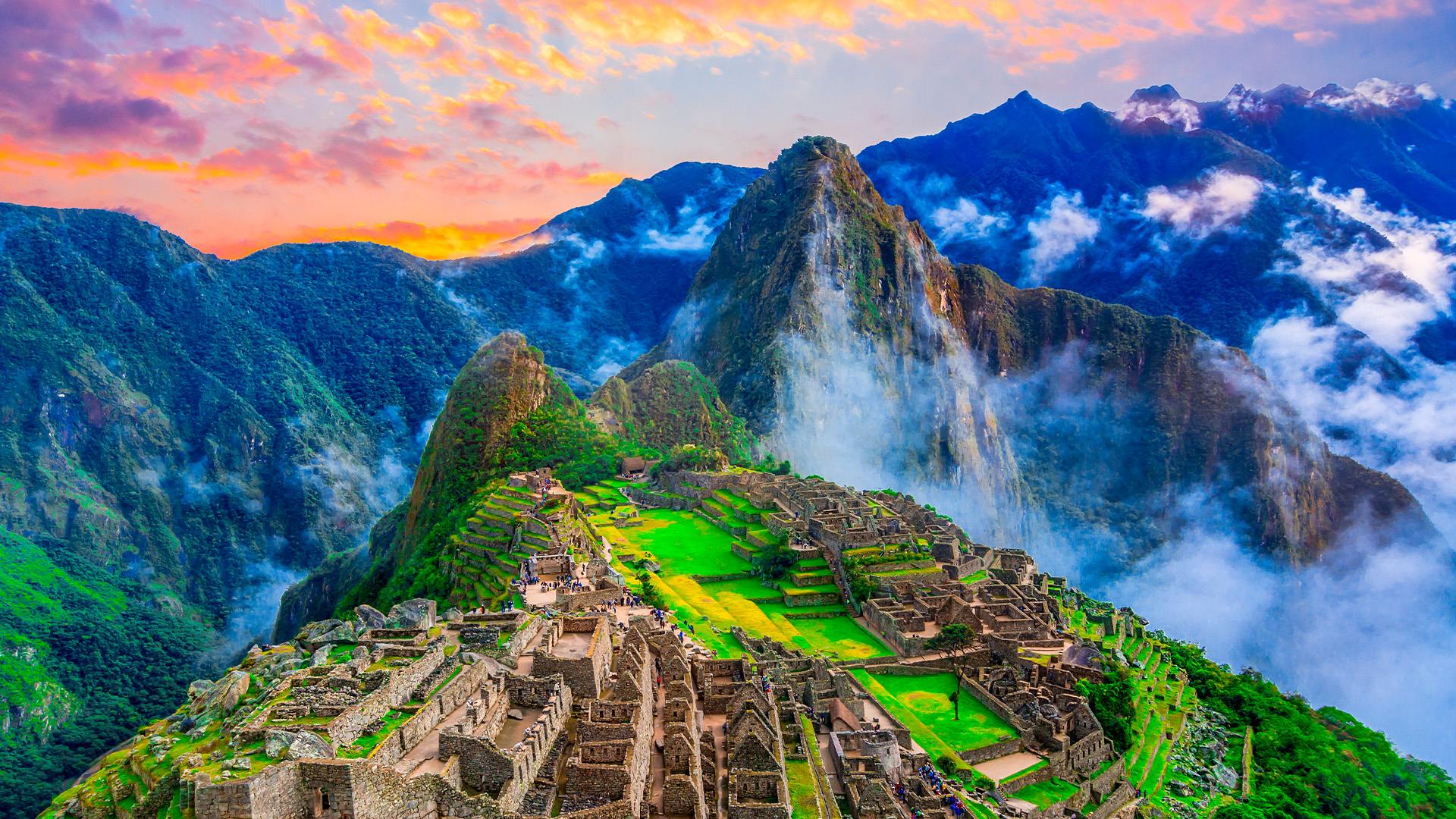Weather Seasons in Machu Picchu
The dry season offers the best weather conditions to visit Machu Picchu. Days are sunny and warm—ideal for photography and exploration—although nights can be cold (down to 6°C). Rainfall is minimal and clear skies provide spectacular panoramic views of the citadel and surrounding mountains.
During the rainy season, precipitation is frequent—typically in the afternoons—while mornings are often clear. The landscape turns greener and more vibrant, creating a mystical atmosphere with morning mist. Higher humidity and cloud cover can limit visibility, but you'll also get frequent rainbows and a more intimate experience at the archaeological site.
Machu Picchu Month by Month: Detailed Guide
| Month | Weather | Tourism | Special Notes |
|---|---|---|---|
| January | Heavy rains, very green | Low season | Quiet experience with mystical fog |
| February | Rainiest month | Minimal influx | Inca Trail closed — Avoid this month |
| March | Rains ease | Low → Medium | Great transition month, blooming mountainsides |
| April | End of rains, sunny | Mid season | One of the best months: clear skies, fewer tourists |
| May | Dry and sunny | High season starts | Great early in the month before the crowds |
| June | Excellent dry weather | High influx | Inti Raymi (June 24) — Book well in advance |
| July | Dry, mild | Peak season | Fiestas Patrias (July 28) — Busiest day of the year |
| August | Pleasant, dry weather | High season | Excellent for trekking; book ahead |
| September | Dry to variable | Medium | Ideal weather, more tranquility |
| October | Sporadic showers | Medium/Low | Greening vegetation, fewer tourists |
| November | Moderate rains | Low season | Green landscapes with orchids |
| December | Frequent rains | Low | Rainy charm; picks up around Christmas |
Tourist Seasons and Attendance
🎯 High Season (June – August)

Main characteristics:
• Daily capacity: 4,000–5,000 visitors
• Book entrance tickets, trains, and hotels 2–3 months in advance
• Special tickets (Huayna Picchu) sell out 3–4 months ahead
• Optimal weather but crowded sites
🌿 Low Season (October – April)

Low season offers a quieter, more authentic atmosphere to explore Machu Picchu. It's easy to get tickets with just a few weeks' notice, and prices for hotels, tours, and services are significantly lower. While rains are frequent, mornings are generally clear, providing excellent opportunities to photograph the citadel wrapped in mystical mist.
⚖️ Shoulder Season (April–May, September–October)
✨ The best balance: favorable weather without extreme crowds. Combines the advantages of both seasons with stable conditions and a moderate number of visitors.
Prices and Detailed Costs by Season
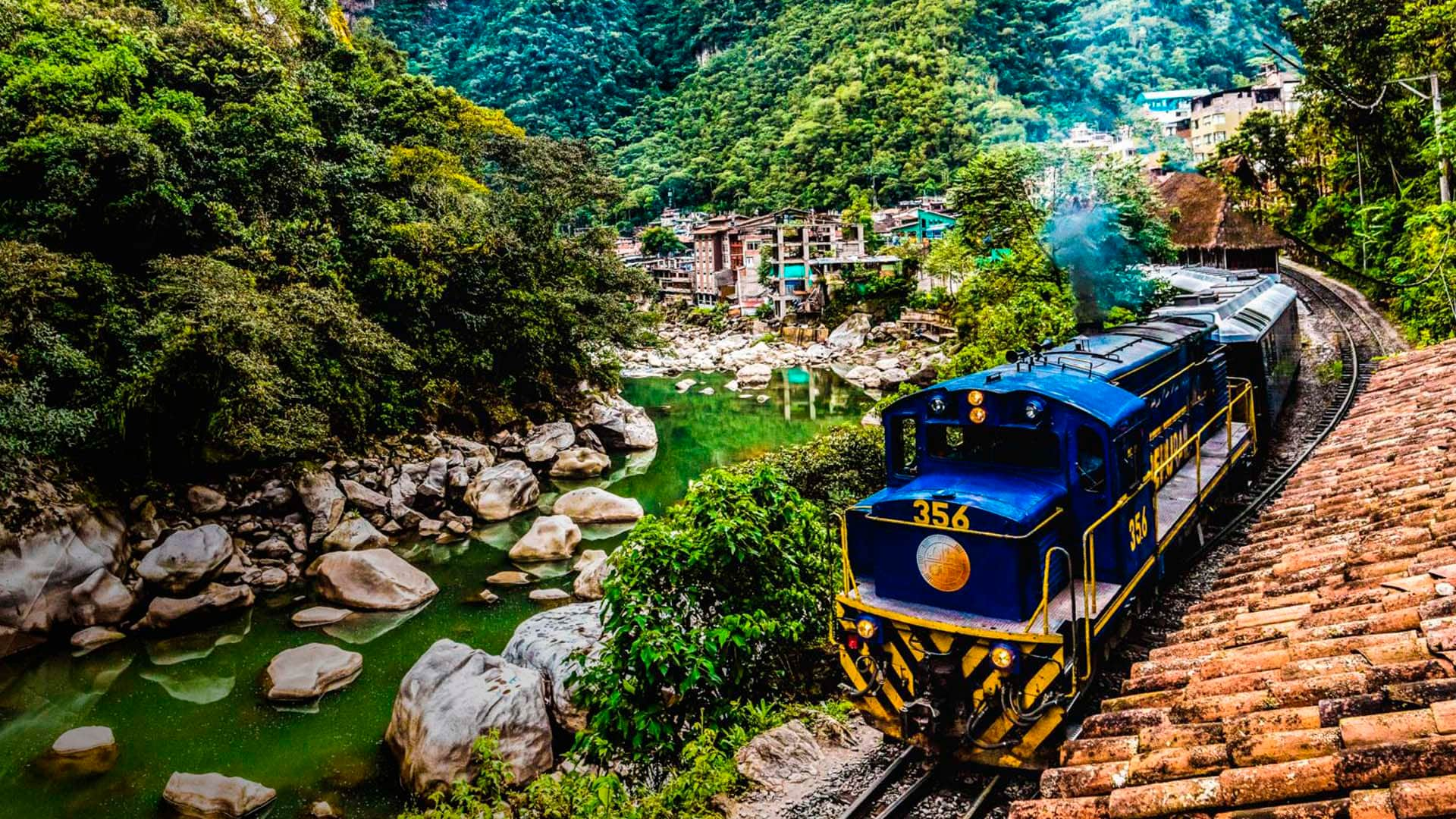
The prices below are reference ranges showing how costs can vary for services to Machu Picchu. These depend on several factors such as service quality, schedules, dates, and availability.
🎫 Machu Picchu Entrance Tickets (Fixed prices year-round)
Standard Entrance
Foreigners
Peruvians/CAN
With Huayna Picchu
Foreigners
Nationals
With Machu Picchu Mountain
Foreigners
Nationals
With Huchuy Picchu
Foreigners
Nationals
🚂 Transport: The Most Notable Difference
| Service | Low Season | High Season | Difference |
|---|---|---|---|
| Expedition Train (PeruRail) | $60–80 USD | $70–100 USD | +30% more expensive |
| Vistadome Train (PeruRail) | $90–120 USD | $100–140 USD | +25% more expensive |
| Hiram Bingham (Luxury) | $450–550 USD | $550–650 USD | +20% more expensive |
| The Voyager (Inca Rail) | $60–80 USD | $70–100 USD | +20% more expensive |
| Aguas Calientes–MP Bus | $12 USD | $12 USD | No change |
🏨 Lodging: Significant Budget Impact
| Hotel Category | Low Season | High Season | Savings in Low |
|---|---|---|---|
| Basic hostel (Aguas Calientes) | $35–45/night | $45–60/night | Save $10–15 |
| 3★ Hotel (Aguas Calientes) | $65–85/night | $85–110/night | Save $20–25 |
| 4★ Hotel (Aguas Calientes) | $160–190/night | $210–250/night | Save $50–60 |
| 3★ Hotel (Cusco) | $55–70/night | $70–90/night | Save $15–20 |
| Sanctuary Lodge (only one at MP) | $900–1100/night | $1200–1400/night | Save $300–400 |
🍽️ Tours and Additional Services
| Service | Low Season | High Season | Difference |
|---|---|---|---|
| Full-Day Tour from Cusco | $200–270 USD | $280–320 USD | +30% more expensive |
| Official Guide (2 hours) | $60–70 USD | $70–80 USD | +15% more expensive |
| 4-Day Inca Trail | $550–650 USD | $700–850 USD | +30% more expensive |
| Tinkuy Restaurant Lunch | $38–42 USD | $45–50 USD | +20% more expensive |
💡 Real savings example:
A couple on a 2-day/1-night trip can save between $110–230 USD by visiting in low season versus high season, considering train, hotel, and tours.
📊 Cost Summary per Person (2D/1N)
🌧️ Low Season
Average mid-range budget per person
Includes: entrance + train + 3★ hotel + meals☀️ High Season
Average mid-range budget per person
Includes: entrance + train + 3★ hotel + meals💰 Potential Savings
Per person in low season
Equivalent to 20–25% savings⚠️ Factors that influence prices:
• Advance booking: Prices rise the closer you get to
the date
• Specific days: Weekends and holidays are pricier
• Availability: Lower supply = higher prices
• Special events: Inti Raymi and Fiestas Patrias can
multiply costs
Trekking and the Inca Trail
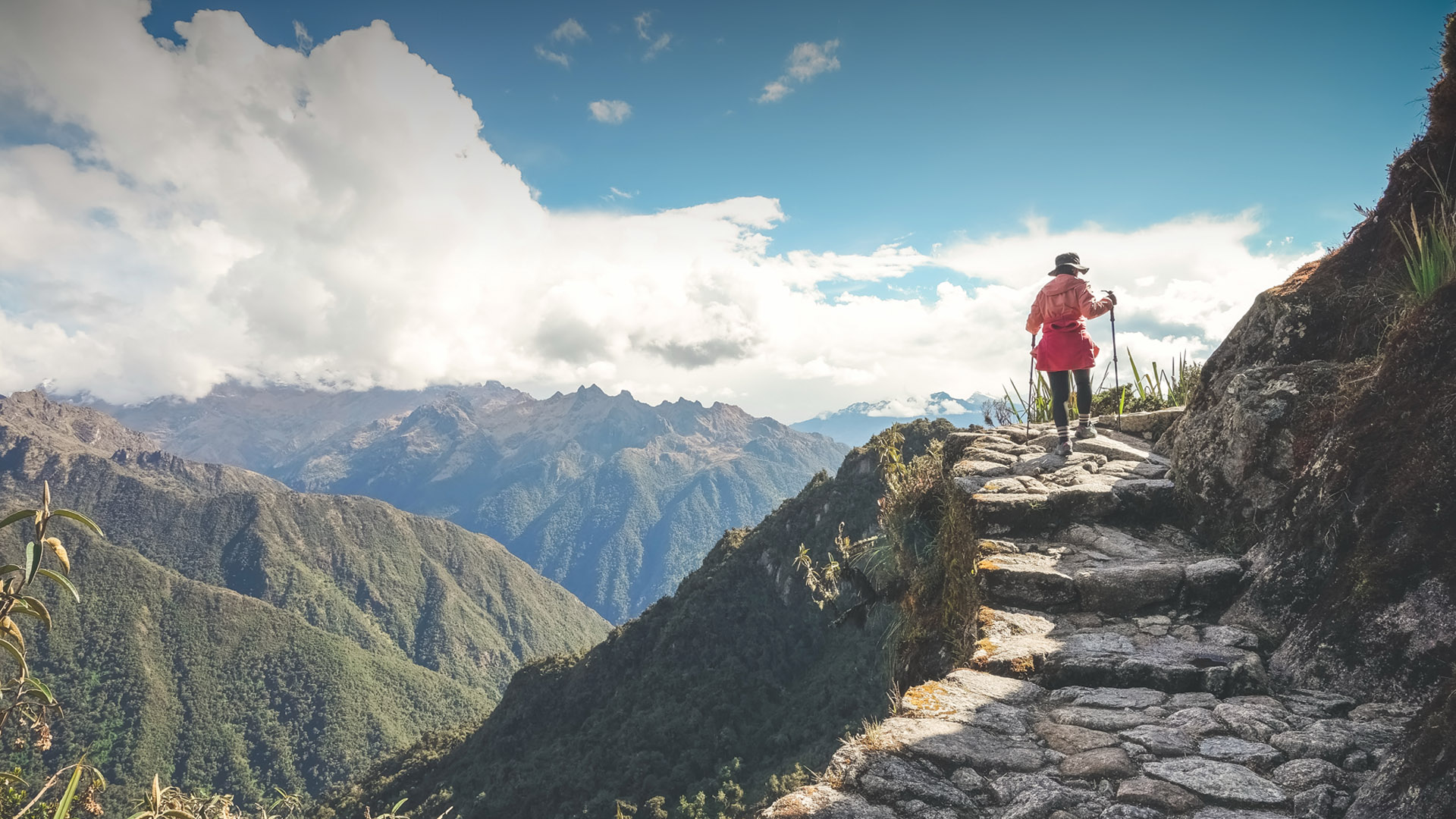
🛤️ Classic Inca Trail
The Inca Trail has a daily cap of 500 people and requires a mandatory reservation. During high season, you must book 4–6 months in advance due to high demand.
🏔️ Alternative Routes
🔄 Circuits in Machu Picchu
Seasonal availability:
• May–October only: Inti Punku, Inca Bridge, Huchuy
Picchu
• Year-round: Huayna Picchu and Machu Picchu Mountain
(weather permitting)
Important Cultural Events
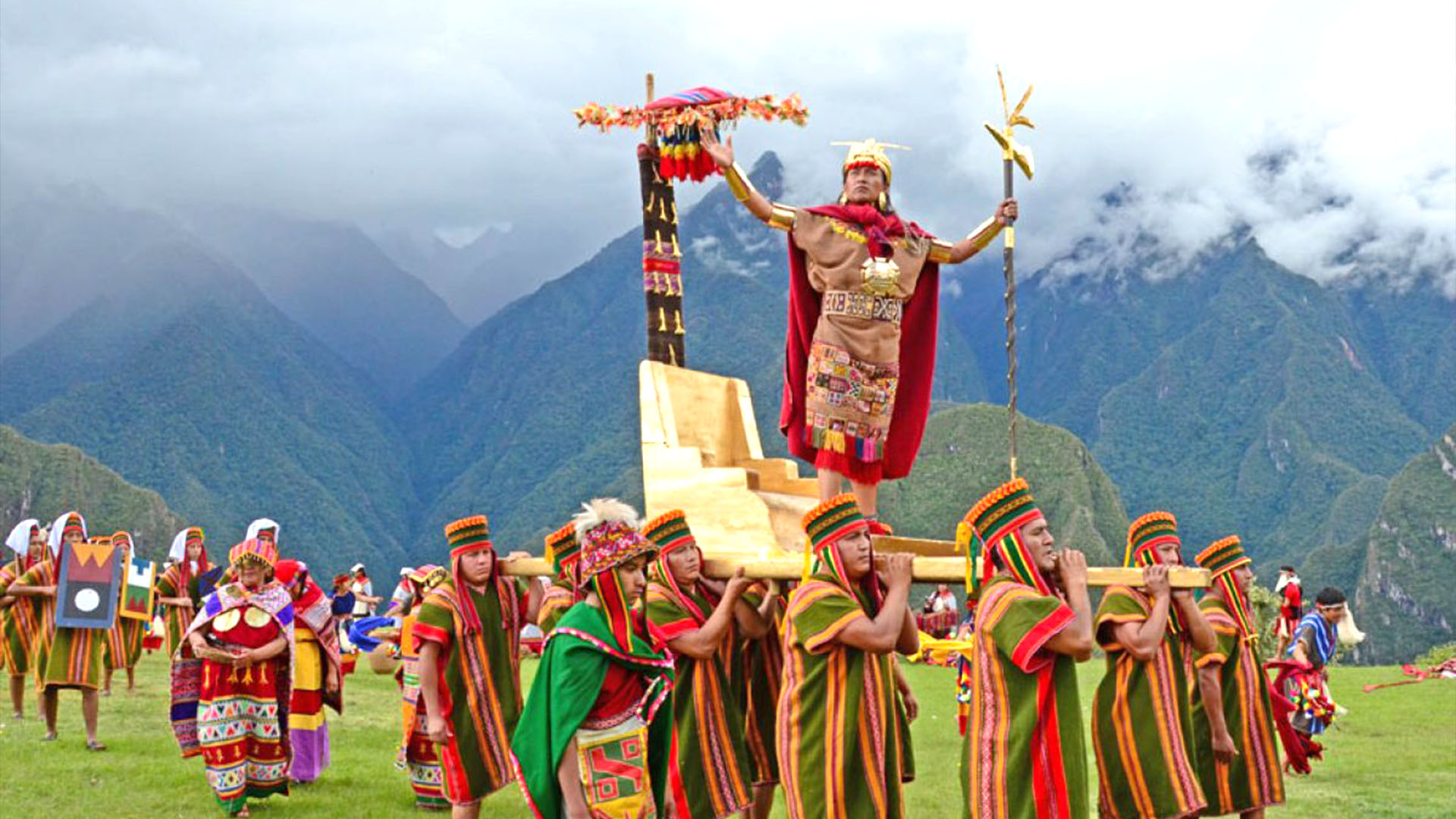
Strategic Recommendations
🥾 To Avoid Crowds
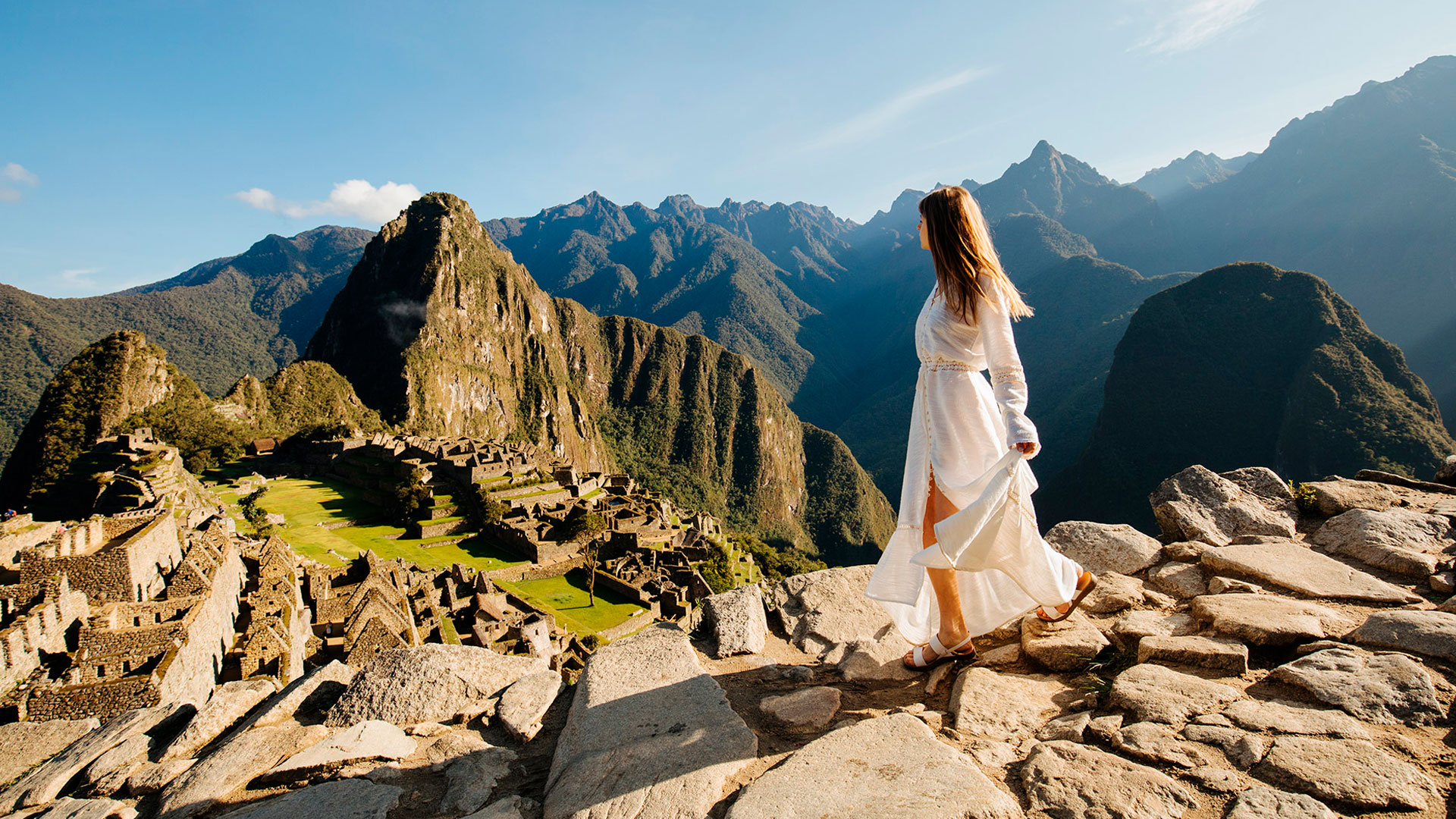
- Best months: April, May, September, October
- Weekdays are better than weekends
- First entry (6:00 AM) for fewer crowds and better light
- Consider spending the night in Aguas Calientes for early access
🎒 Essential Preparation
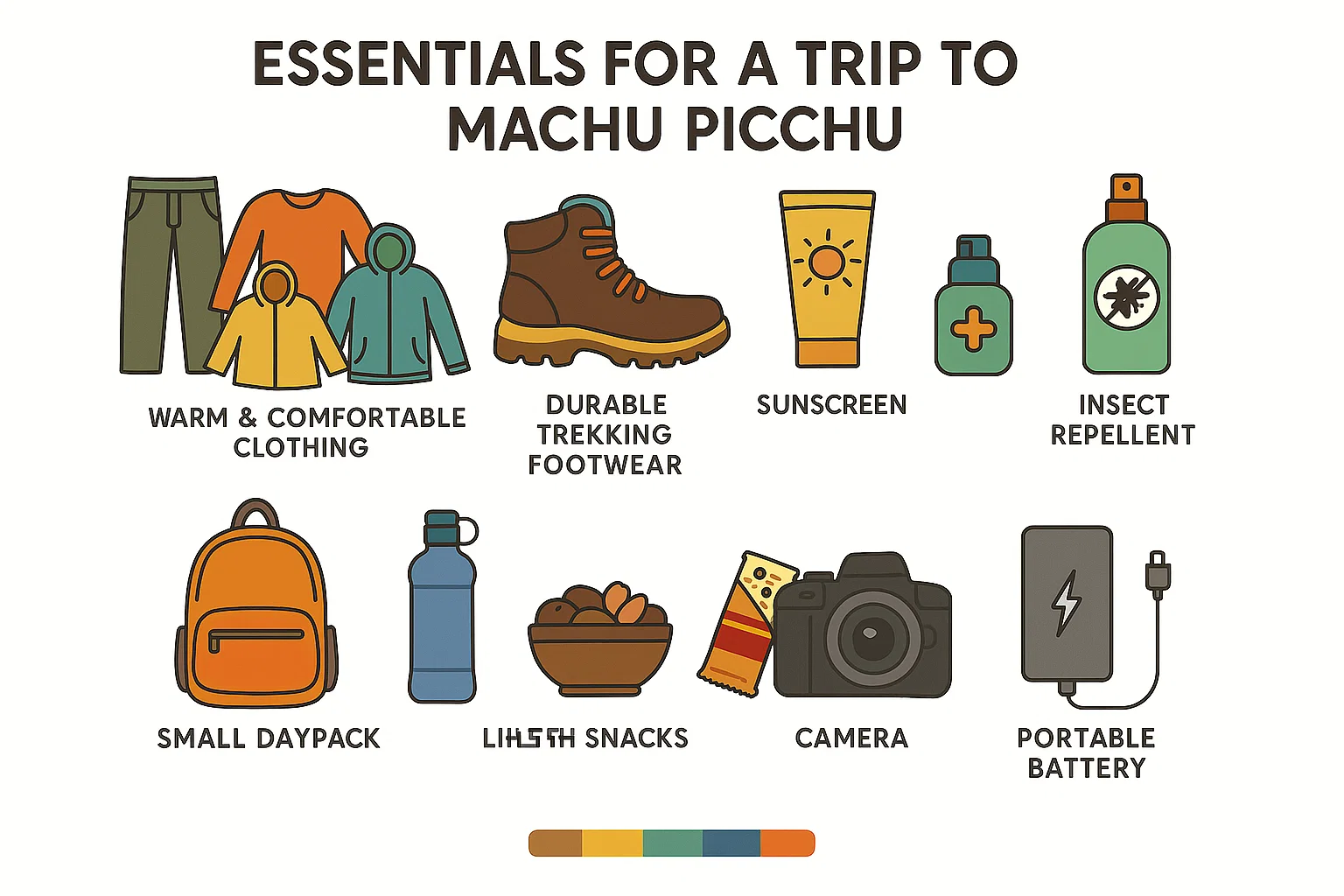
🏔️ Crucial acclimatization: Spend 1–2 days in Cusco before visiting Machu Picchu to adapt to altitude (3,400 m in Cusco vs. 2,400 m at Machu Picchu).
📋 Planning by Season
Requires a structured itinerary and advance bookings. Everything should be confirmed months ahead—especially lodging and special entries.
Allows more flexibility and on-the-go purchases. Prices are more accessible, but consider buffer days for potential weather-related closures.
What's the Best Time for Your Priorities?
🏆 Standout months: April and October stand out as ideal options to combine good weather with fewer crowds. They're the "secret" months many experienced travelers prefer.
Additional Practical Tips
🎫 Booking Strategies

Planning is key to a successful Machu Picchu experience. Tickets can be purchased online through Peru's official Ministry of Culture website. For Huayna Picchu, reservations open exactly 4 months before the desired date and sell out quickly.
🚂 Transportation Options
The train is the most popular and comfortable option to reach Aguas Calientes. PeruRail and Inca Rail operate daily services with different service categories. Prices vary by season, with higher rates during high-season months.
🏨 Strategic Lodging
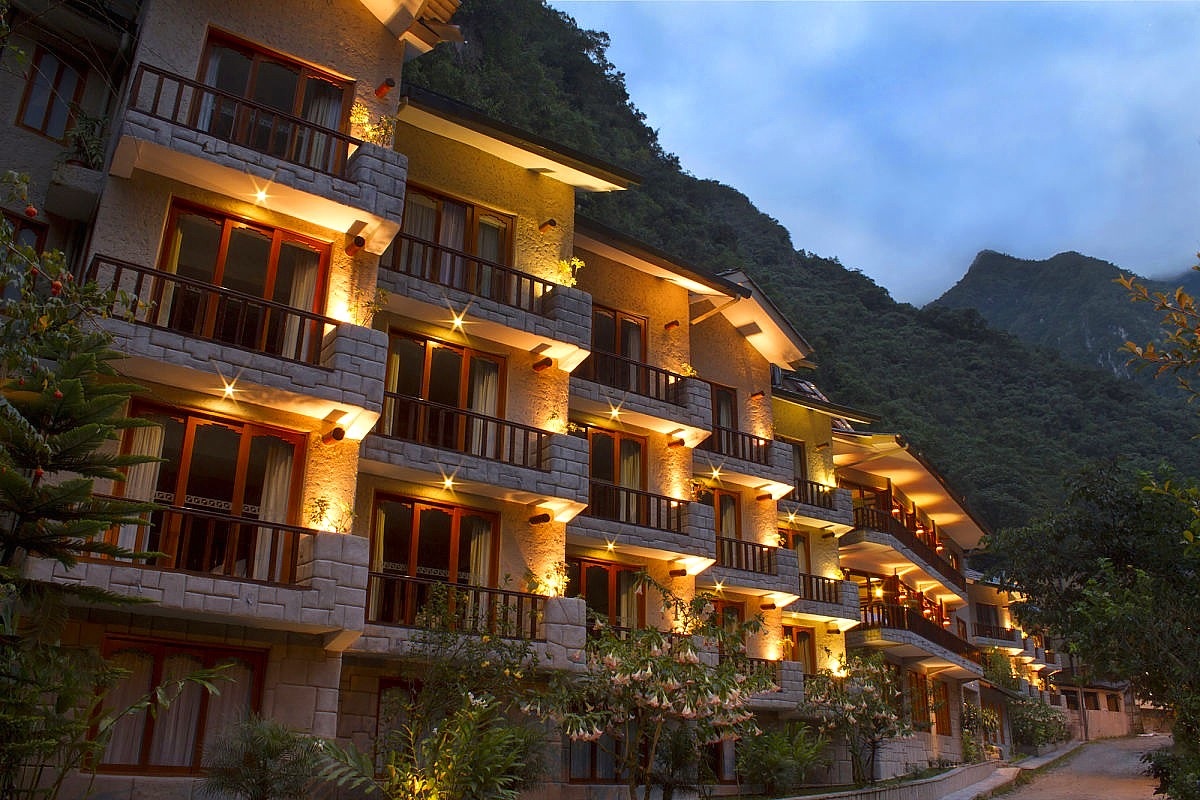
Key recommendation: Spend the night in Aguas Calientes to catch the first bus to Machu Picchu (5:30 AM) and enjoy sunrise over the citadel with fewer tourists.
📸 Photography at Machu Picchu
The best hours for photography are early morning (6:00–8:00 AM) and late afternoon (4:00–6:00 PM). During the dry season, light is more predictable, while in the rainy season you can capture dramatic clouds and mist that add mystery to your photos.
Sustainability and Responsible Tourism
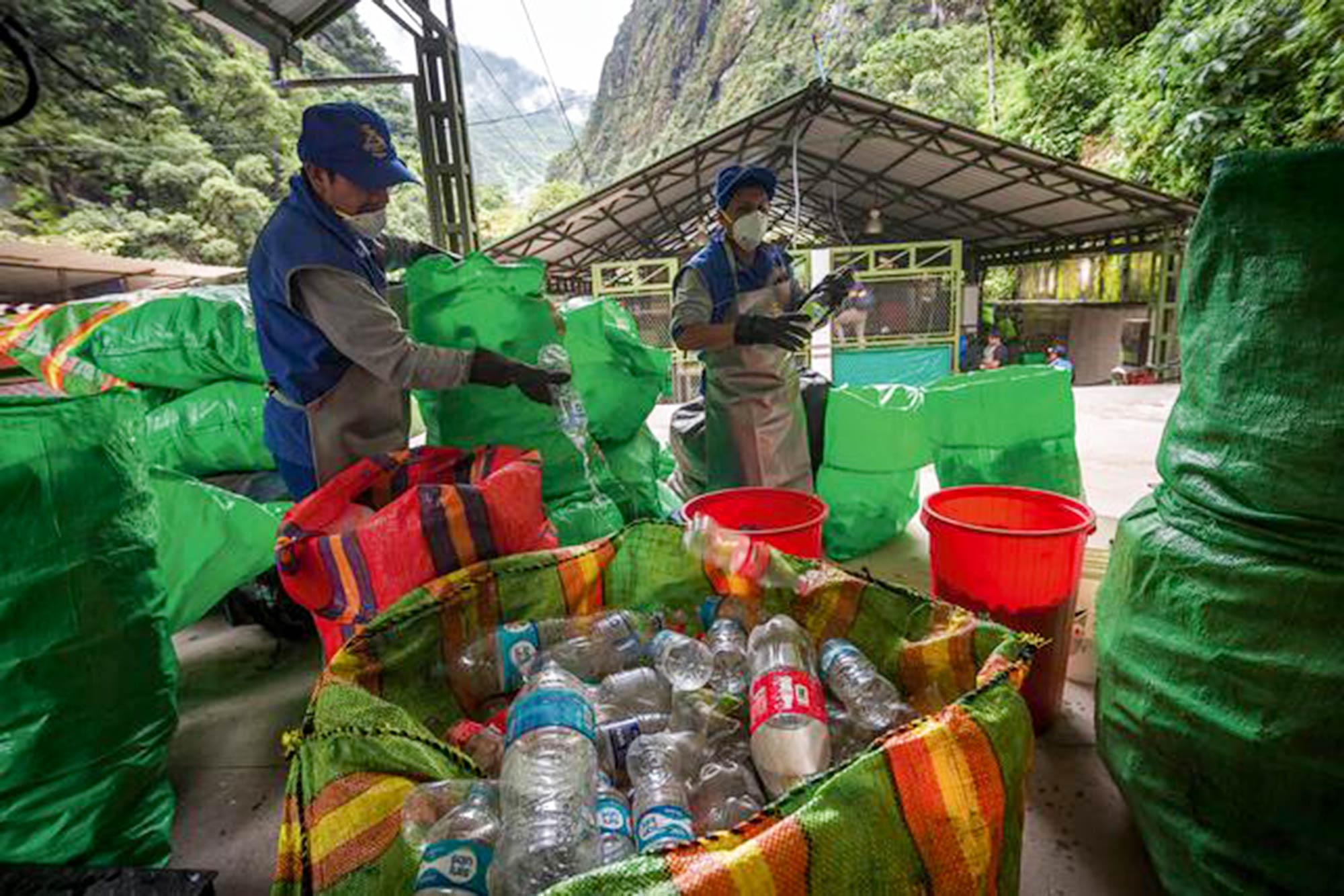
Visiting Machu Picchu during the low season not only benefits your budget—it also supports more sustainable tourism. Spreading visits throughout the year helps reduce impact on the archaeological site and local communities.
🌱 Responsible tourism:
• Respect site rules
• Don't leave trash and stay on marked trails
• Hire certified local guides
• Support communities by purchasing local handicrafts
The Perfect Time Depends on You
There is no universal "best time" to visit Machu Picchu—only the best time for your type of trip. Each season offers a unique and memorable way to experience this wonder of the world.
Whether you want clear skies and lively crowds, or prefer the mystical solitude of the rainy season, Machu Picchu will welcome you with its timeless magic. The key is smart planning and realistic expectations.
🏔️ Remember: Machu Picchu captivates in any season—with the right planning.
